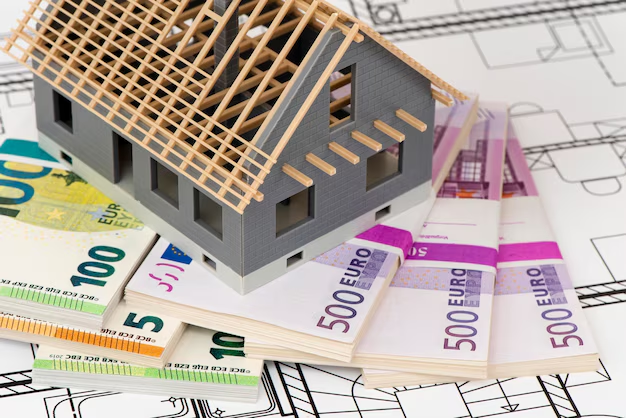What Does It Really Cost to Build an Apartment Complex?
The idea of building an apartment complex can be both exciting and daunting. For anyone considering this venture, understanding the myriad of costs involved is crucial. From the land purchase to utility connections, each step has a financial implication. Many factors influence these costs, including location, design, and size of the development.
Key Factors Influencing Construction Costs
Location: The cost of the land is a significant expense. Urban areas invariably carry a higher price tag compared to suburban or rural settings.
Size and Scale: The number of units and the scale of the complex impact material and labor costs. Bigger projects might benefit from economies of scale, but they also involve greater complexity.
Design and Quality: Architectural design, materials chosen, and the quality of amenities can drive costs higher. Luxury fittings and features mean a higher budget.
Regulatory and Permitting Fees: Compliance with local building codes, zoning laws, and obtaining necessary permits require time and money.
Infrastructure: Adding utilities and services like water, electricity, and sewage connections is necessary. The groundwork can vary greatly depending on proximity to existing infrastructure.
Approximate Cost Breakdown
While costs can significantly vary, generally, construction costs for apartment complexes typically range from $70 to $150 per square foot. Here's a rough breakdown:
- Land acquisition: 10-30% of total budget
- Site development: 15-20%
- Construction: 40-50%
- Financing and marketing: 10-20%
Exploring Financial Avenues
For those feeling overwhelmed by these figures, there are several avenues to explore for financial assistance:
Government Aid and Financial Assistance
Many governments offer incentive programs and loans for housing developments, particularly when affordable housing is included. These incentives can significantly reduce the financial burden.
Debt Relief and Financial Planning
Engaging with financial advisors can uncover debt relief options or innovative financing strategies to help mitigate risks.
Credit Solutions
With a solid credit score, there are tailored credit products available, which can make financing construction more manageable.
The Road Ahead
Building an apartment complex is indeed a substantial undertaking, requiring thorough planning and a comprehensive understanding of costs and financing options. The synergy of location, quality, and efficient financial strategies can lead to a profitable development.
Helpful Resources for Financial Support 🏢
- 📊 FHA Multifamily Loans: Offers affordable financing for apartment constructions.
- 🏦 State Housing Finance Agencies: Local aid with tax credits and low-interest loans.
- 💳 Business Credit Cards: For covering smaller construction expenses.
- 📚 Educational Grants: Workshops and courses in real estate development to enhance knowledge and skills.
Approaching the project with a clear financial map can not only simplify the process but also nourish the dream of crafting a new community space—a significant contribution to any locality.
